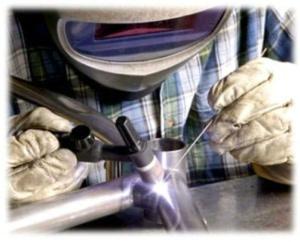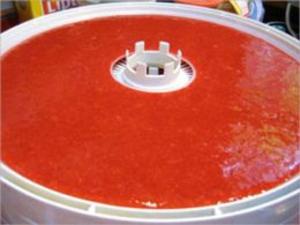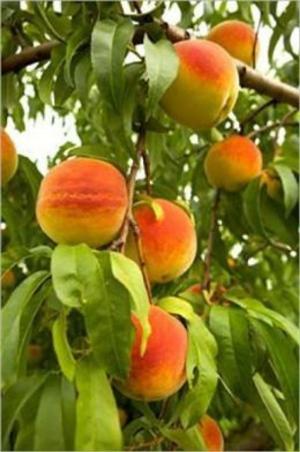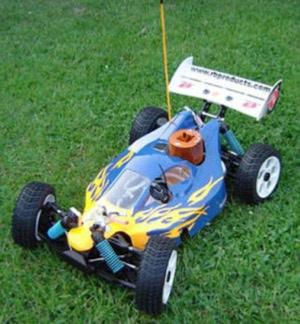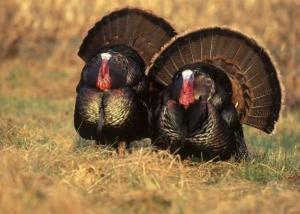Getting Rid of Gophers
Nonfiction, Home & Garden, The Home, Outdoor & Recreational Areas, Cleaning & Caretaking| Author: | Mike Enslin | ISBN: | 1230000118173 |
| Publisher: | Axel Publishing | Publication: | March 29, 2013 |
| Imprint: | Language: | English |
| Author: | Mike Enslin |
| ISBN: | 1230000118173 |
| Publisher: | Axel Publishing |
| Publication: | March 29, 2013 |
| Imprint: | |
| Language: | English |
The term gopher as it is commonly used does not relate to any one species, but is a generic term used to describe any of several small burrowing rodents endemic to North America, including the pocket gopher (family Geomyidae), also called true gophers, and the ground squirrel (family Sciuridae), including Richardson's ground squirrel and species of prairie dog.
Gophers weigh about a quarter of a pound, with the head and body about 15 in long, a tail of 7 in and have a 2-3 year lifespan (assuming no diseases or predation). Gophers dig tunnels and subterranean chambers, and are associated with the rodent order, Rodentia. There are over 100 kinds of gophers in America. Gophers can disrupt human plans like commercial agriculture, garden plots, and some landscaping, by their underground activities. This has led to their frequent treatment as pests. In contrast, North American entertainment culture and non-technical literature tends to anthropomorphize gopher characters as "non-threatening".
Gophers create a large community of tunnels with large mounds of dirt and rocks at their entrances, frequently referred to as gopher towns. Adult gophers will frequently stand watch at the entrance to a tunnel and whistle when predators are spotted, causing all the other gophers to run for the safety of the tunnels. A gopher town can easily spread to take over large sections of prairie or mountain meadow and may have a population in the thousands. The resulting destruction of plant life will then leave the area a stretch of denuded dirt. Gophers eat shrubs and other vegetation.
Scroll up... and click on "Buy Now" to deliver almost instantly to your Kobo or other reading device.
The term gopher as it is commonly used does not relate to any one species, but is a generic term used to describe any of several small burrowing rodents endemic to North America, including the pocket gopher (family Geomyidae), also called true gophers, and the ground squirrel (family Sciuridae), including Richardson's ground squirrel and species of prairie dog.
Gophers weigh about a quarter of a pound, with the head and body about 15 in long, a tail of 7 in and have a 2-3 year lifespan (assuming no diseases or predation). Gophers dig tunnels and subterranean chambers, and are associated with the rodent order, Rodentia. There are over 100 kinds of gophers in America. Gophers can disrupt human plans like commercial agriculture, garden plots, and some landscaping, by their underground activities. This has led to their frequent treatment as pests. In contrast, North American entertainment culture and non-technical literature tends to anthropomorphize gopher characters as "non-threatening".
Gophers create a large community of tunnels with large mounds of dirt and rocks at their entrances, frequently referred to as gopher towns. Adult gophers will frequently stand watch at the entrance to a tunnel and whistle when predators are spotted, causing all the other gophers to run for the safety of the tunnels. A gopher town can easily spread to take over large sections of prairie or mountain meadow and may have a population in the thousands. The resulting destruction of plant life will then leave the area a stretch of denuded dirt. Gophers eat shrubs and other vegetation.
Scroll up... and click on "Buy Now" to deliver almost instantly to your Kobo or other reading device.


